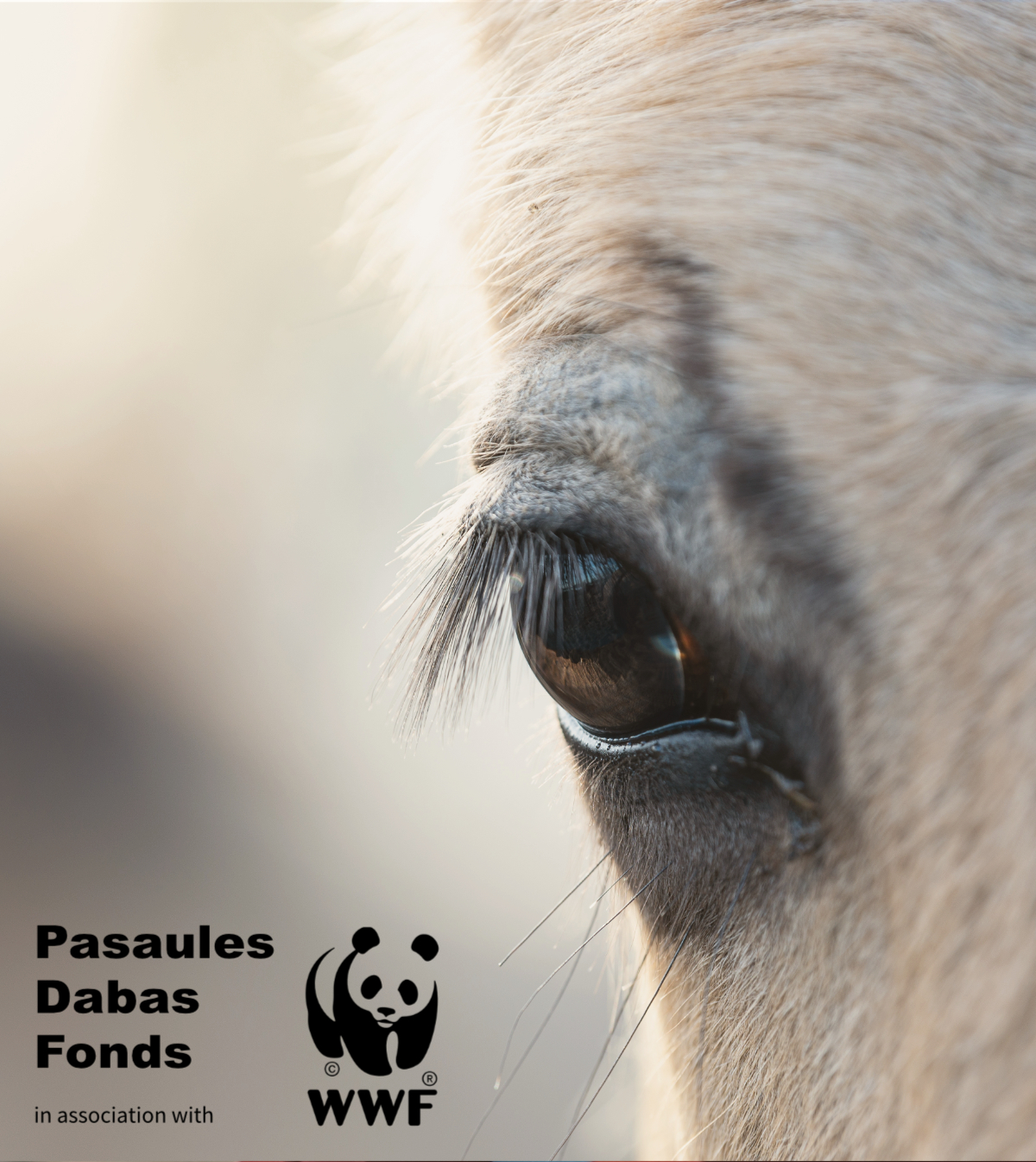Escaping to the rural countryside for a few days of rest and relaxation is common in countries all around the world. And wellness retreats and spas that offer holistic treatments are often connected to their surroundings, with much more of an eco-friendly and environmental theme. Those languishing in the beauty of nature would prefer not to think that their presence there is harming it in anyway. Thus the ever-growing popularity of eco resorts and so-called green spas like these.
Saffire Resort, Tasmania

Shaped like a manta-ray, the Saffire Resort in Tasmania has reinvigorated the local environment with its construction. Image source
The Saffire Resort in Tasmania has created a luxurious resort from the remains of a disused caravan park. Designed by Circa Architecture, the resort is shaped like a giant manta ray, and has intricate systems in place to protect the local environment, restore the local vegetation, and replenish much of the site’s delicate ecosystem.
The Saffire Resort is fitted with a complex rainwater harvesting system that keeps the grounds watered while also protecting them from potential bushfires. Guests are treated to incredible views of the landscape and mountains of Oyster Bay, as well as a connection and better understanding of the environment that the resort itself helped to rebuild and protect.
Six Senses Resort, Vietnam

These naturally cooled suites earned the Six Senses Resort in Con Dao a Green Globe 21 environmental benchmark. Image source
The Six Senses Resort on Vietnam's Con Dao Island is an idyllic eco-resort that truly lets you escape from the outside world. Designed by AW² Architecture, the resort features naturally cooled suites that earned the resort a benchmark from Green Globe 21. The resort was built using local sustainable materials, including timber suites situated on an isolated beach, and a pedestrian bridge that connects guests to the beach from the river.
Hix Island House – Puerto Rico

The Hix Island House is a rural escape that sits in harmony with nature, just a short flight from San Juan. Image source
Designed by architect John Hix, the Hix Island House in Puerto Rico is a rural escape that was built in harmony with the local environment. Just a short 22-minute flight from San Juan, the Hix Island House offers guests a refuge from the bustling city, built strategically to capture the cooling trade winds and limit its impact on the environment to almost zero. It offers guests outdoor yoga classes, and the opportunity to live amongst the trees and birds, all just a few steps from the beach.
The all solar-powered eco-resort was constructed with the wabi-sabi philosophy in mind: use natural materials, adapt to nature, and invite the earthy and imperfect into everyday life.
PEDRAS SALGADOS RESORT, PORTUGAL

The small rural huts of the Pedras Salgados spa were constructed around local vegetation, preventing the need to cut down any tree. Image source
Architects Luis Rebelo de Andrade & Diogo Aguiar created something of an architectural gem with their eco-resort in the spa town of Pedras Salgadas (or Salted Stones). Nestled in Portugal’s northern region of Bornes de Aguiar, the architects designed a resort consisting of seven cabins which are the perfect rustic getaway for visitors to the spa. Highly regarded as an area of significant natural beauty, the woodland park that plays host to the resort was treated with the utmost respect during construction.
The architects took great care to have a minimal effect on nature, inconspicuously scattering the small huts amongst the local vegetation rather than constructing a large, single dwelling that may have required the removal of several trees. They also managed to keep the cabins’ footprint to a minimum by putting them on stilts, which also made allowances for the uneven forest floor.
As Aguiar puts it: “We chose to build small and dispersed huts rather than do a large concentrated building, promoting more intimate relationships between the visitor and the park.”
Blue Clay Country Spa - Architecture Competition
The Blue Clay Country Spa architecture competition is set in Latvia, one of Europe’s greenest countries. With construction planned within an area rich in natural beauty, great care must be taken not to disturb the local environment in all designs submitted. Nearby trees cannot be cut down and their roots must not be disturbed with the construction of the spa. The winning designs will be considered for construction, and those with the most inventive and appropriate eco-friendly and cost-effective measures integrated into them are due to be selected.
Top 3 Reasons Why You Should Enter Architecture Competitions
Curious about the value of architecture competitions? Discover the transformative power they can have on your career - from igniting creativity and turning designs into reality, to gaining international recognition.
Learn more




















